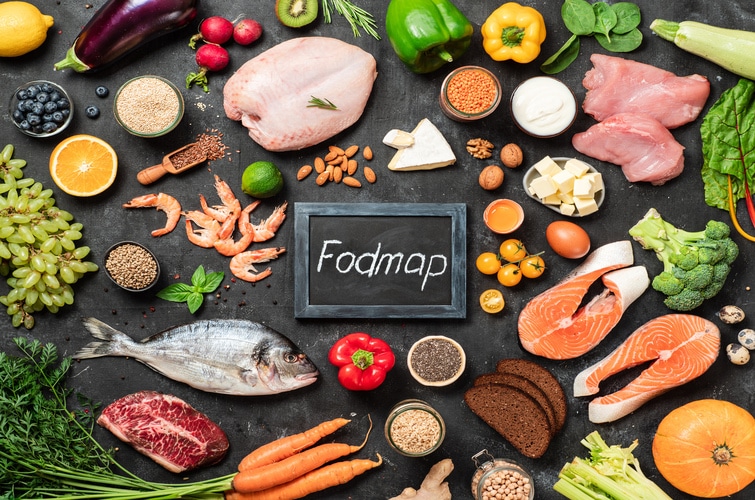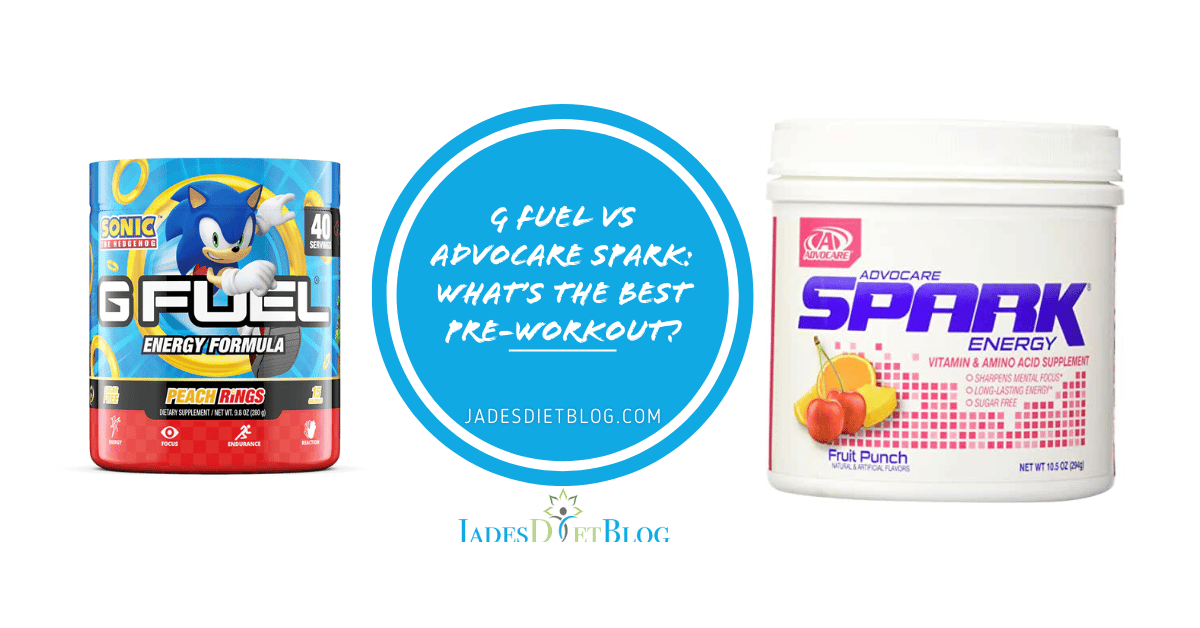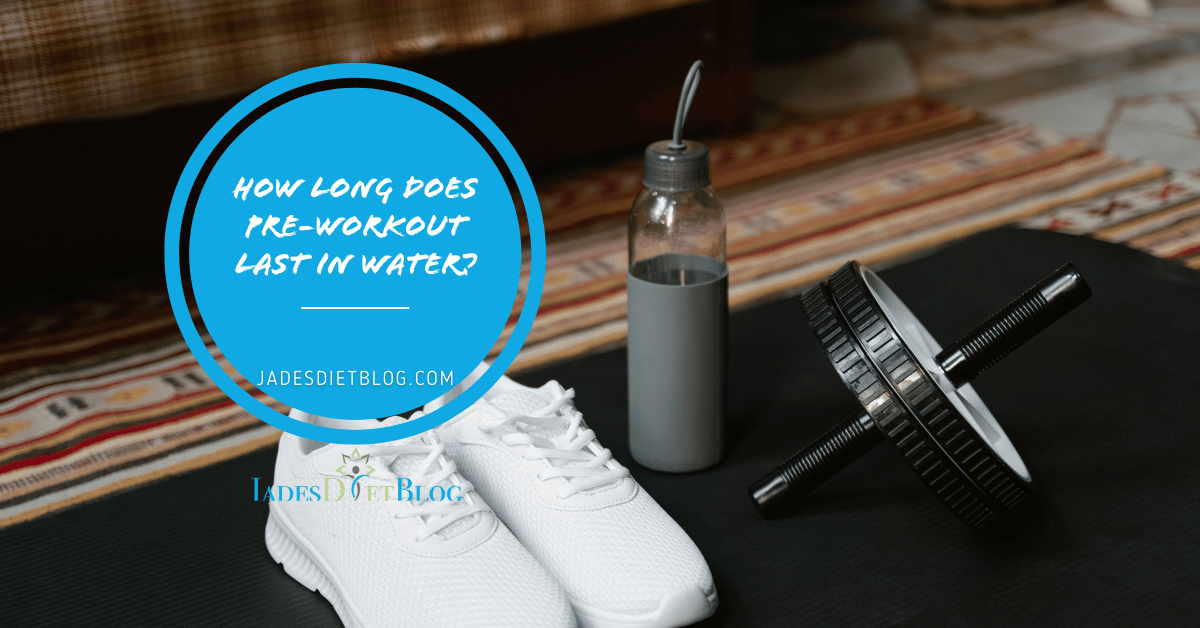If you’ve been following the fodmap diet, you will know that it can be challenging to eat out or find snacks that are low in fermentable sugars. Is watermelon low fodmap food? Watermelon is one of the most difficult fruits on the fodmap diet because not a lot of people know whether it’s suitable or not.
Some people may assume that watermelon is off-limits because it contains so much water and has very little sugar. However, this isn’t always the case. There are different types of watermelon, and some of them may have high fructose content which can trigger symptoms for those who suffer from fructose intolerance. Read on to learn more about whether watermelon is on the FODMAP diet or not.
Contents
What Is FODMAP?
FODMAP is an acronym that stands for “fermentable oligosaccharides, disaccharides, monosaccharides, and polyols.” These are types of carbohydrates that can be poorly absorbed in the small intestine and fermented by gut bacteria. This can cause symptoms like bloating, abdominal pain, and gas. People who have IBS or are sensitive to certain carbohydrates can benefit from a low FODMAP diet. The goal of the diet is to reduce the amount of FODMAPs that you consume. This might help reduce your symptoms and improve your quality of life.
Foods That Are Good For The Fodmap Diet
Dairy foods such as soft cheeses, and milk such as rice milk, soy milk, and yogurt have lactose as the main FODMAP present. However, many dairy foods are low in lactose which includes butter and cheese. For this reason, dairy foods are not strictly excluded from following a low FODMAP diet. Because of its low FODMAP content, low fodmap food such as lactose-free milk is safe to consume in recommended serving sizes. If you're intolerant to dairy and want to ensure your health, you should talk to your dietitian.
For those following a low FODMAP diet, legumes can be problematic such as baked beans. All dry legumes that need to be rehydrated and cooked are high in FODMAP. If you're in the elimination phase of the low-FODMAP diet, here's a common list of high-FODMAP foods to avoid.
To make sure you don't accidentally overdo it, look at high-lactose foods like ice cream, which are often high in FODMAPs. It is a good idea to read food labels for high FODMAP sugars when purchasing drinks and confectionery. High FODMAP sugars include honey, high fructose corn syrup, and sugar-free confectionery. Low FODMAP foods to enjoy instead include:
- Fruit: Blueberries, cantaloupe, grapefruit, banana, honeydew, kiwi, lemon, lime, oranges, and strawberries.
- Vegetables: Bamboo shoots, carrots, chives, cucumbers, eggplant, ginger, lettuce, olives, parsnips, potatoes, spring onions, and turnips.
- Dairy: Almond milk, coconut milk, lactose-free yogurt, and hard cheeses.

Is Watermelon On The FODMAP Diet?
Watermelon is a fruit that contains many fodmap fibers, but it’s also very low in sugar. The reason why watermelon isn’t on the fodmap diet, or any diet for that matter, is because it’s difficult to eat enough of it to cause a reaction. This is why watermelon is one of the fruits with the fewest fodmap levels.
It’s very difficult to trigger an intolerance reaction from watermelon because you would need to eat about one kilogram (2 pounds) of watermelon to cause a reaction. That said, it’s also difficult to determine how much fodmap is in watermelon because it varies depending on growing conditions, harvesting methods, and how it was stored.
Some studies have shown that watermelons can have between 1 and 10 grams of fodmap per serving. Depending on the amount of fodmap in a watermelon, you may be able to eat the rind, seeds, and flesh of the fruit. You could also just eat the juice which is low in fodmap.
Unfortunately, watermelon is high in fructans which are one of the types of carbohydrates found in the FODMAP diet. While watermelon is a nutritious and delicious fruit, it’s best to avoid it while following the FODMAP diet. Fructans are responsible for triggering IBS symptoms including bloating, cramps, and gas in those who suffer from fructose intolerance. If you’ve been diagnosed with fructose intolerance, you will need to avoid foods like watermelon that are high in fructans.
Foods with excess fructose, like apples, are considered high-FODMAP foods. Some people believe that watermelon is off limits on the fodmap diet because it is a fruit, and most fruits are in the “high FODMAP” category.
Is Watermelon Safe On The FODMAP Diet?
Although watermelon is high in fructans, it does contain a low amount that shouldn’t cause any issues for most people. If you’ve been diagnosed with fructose intolerance, then watermelon isn’t an ideal food for you to eat. For most people, one serving of watermelon (1 cup) will be sufficient to trigger symptoms.
If you’re unsure how much fructans you can tolerate, it’s best to avoid watermelon altogether. If you can tolerate watermelon, then you can include it as part of a low FODMAP diet as watermelon contains fiber that can help people with IBS feel fuller for longer.
This will tell you how much fructose is in the watermelon and whether it will trigger symptoms or not. If your watermelon has high fructose content, then it is best to avoid it. You can also check out this list of low- and high-fructose watermelons to see which ones would be best to eat on the fodmap diet.
Watermelon is a high-sugar fruit.
Watermelon contains around 34 grams of sugar per cup, which is more than most other fruits. This high sugar content can trigger symptoms in people with IBS who are sensitive to sugar.
Watermelon is a high-carbohydrate fruit.
Watermelon is a good source of carbohydrates, which can spike blood sugar levels in people with IBS. This can cause symptoms such as abdominal pain, bloating, and diarrhea.
Watermelon is a high-fiber fruit.
Watermelon contains a high amount of fiber (around 17 grams per cup). Fiber can help regulate bowel movements and reduce the severity of diarrhea and constipation in people with IBS. However, excessive intake of fiber can also lead to discomfort and GI issues such as gas and bloating.
Watermelon contains a high amount of water.
Watermelon is high in water content (around 78% water). This means that it can cause weight gain and exacerbate dehydration conditions in people with IBS. Excessive water intake can also lead to nausea, vomiting, and cramp.
How To Eat Watermelon While Following The FODMAP Diet
If you're not that strict and if you’ve been diagnosed with fructose intolerance and you want to eat watermelon while following the FODMAP diet, you’ll need to do a few things. Firstly, you’ll need to choose the right type of watermelon. For example, you can eat watermelon with low fructans like yellow watermelon. Alternatively, you can also eat watermelon that has been seeded or peeled.
Alternatively, you can eat watermelon seeds which are low in fructans. Lastly, you can eat watermelon with other low-FODMAP foods to help reduce the risk of symptoms occurring. You can eat watermelon with chicken, feta cheese, walnuts, spinach, or almonds for example.
Depending on how much fodmap is in a watermelon, you may be able to eat the rind, seeds, and flesh of the fruit. You could also just eat the juice which is low in fodmap. You can either eat it as-is or you can try to make a low fodmap watermelon salad. You can also use the watermelon to make a low fodmap smoothie or a low fodmap fruit salad.
If your watermelon is high in FODMAP, then you will have to remove the seeds and the rind before eating it. Since the rind is where most of the fructose is found, removing this will lower the amount of fructose in the watermelon and make it low in FODMAP.

Conclusion
Some people may assume that watermelon is off-limits because it contains so much water and has very little sugar. However, this isn’t always the case. There are different types of watermelon, and some of them may have high fructose content which can trigger symptoms for those who suffer from fructose intolerance.
If you’re following the fodmap diet, you should check the ingredients of your watermelon to make sure it is low in fructose. This allows you to enjoy watermelon while following the fodmap diet.
Overall, watermelon is high in fructans, but it does have a low amount. For most people, one serving of watermelon will be sufficient to trigger symptoms like bloating, cramps, and gas. However, if you’ve been diagnosed with fructose intolerance, it’s best to avoid watermelon altogether.
If you can tolerate watermelon, then you can eat it either alone or with other low-FODMAP foods. For people who follow the FODMAP diet, watermelon isn’t an ideal snack. If you want to eat watermelon while following the FODMAP diet, you’ll need to choose the right type and eat it with other low-FODMAP foods for the best results!






